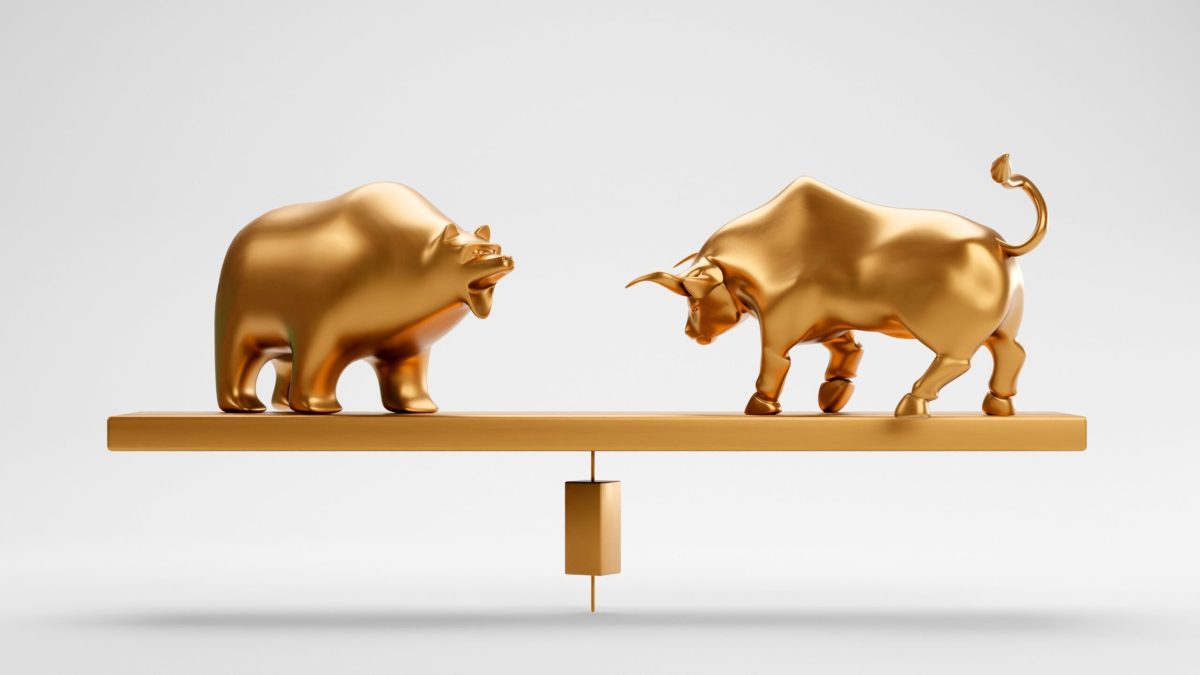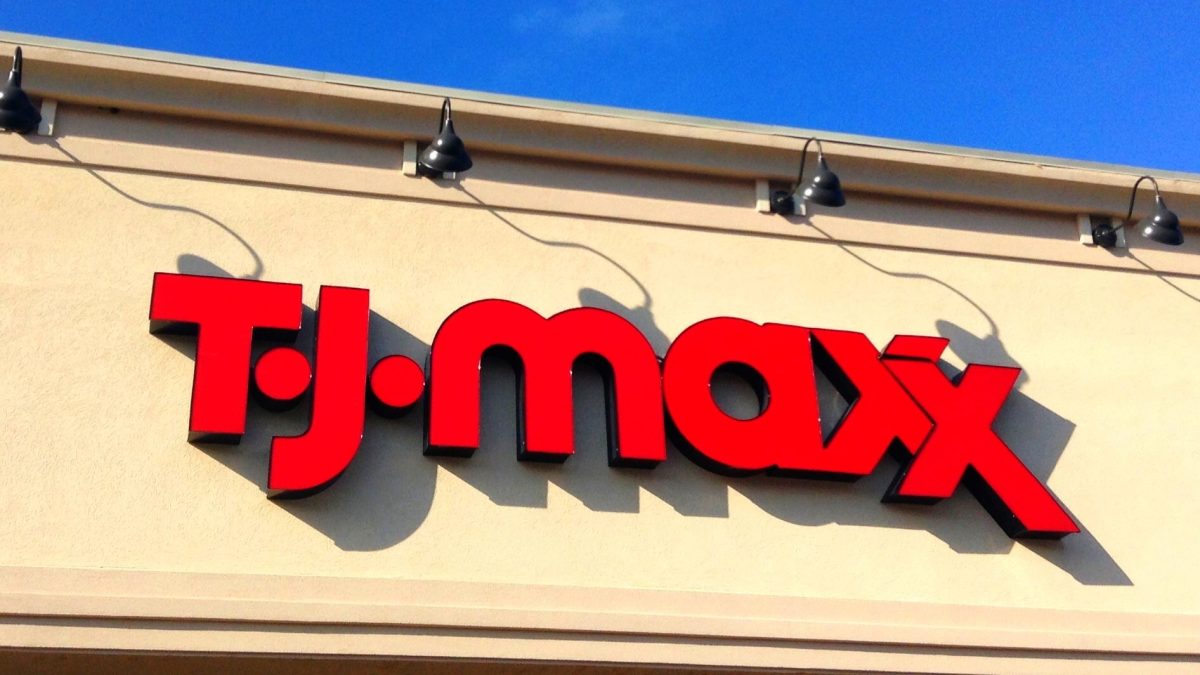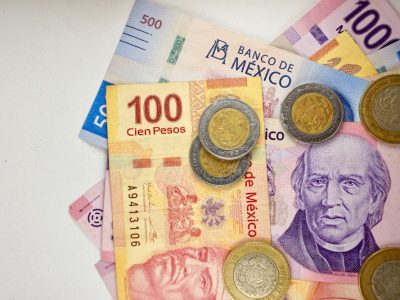
Inflation in Australia slowed significantly in August, hitting its lowest level in three years.
This welcome development was largely attributed to government rebates on electricity bills, which played a crucial role in easing consumer price pressures.
According to data released by the Australian Bureau of Statistics (ABS), the annual pace of consumer price inflation (CPI) dropped to 2.7%, down from 3.5% in July, aligning with market expectations.
The ABS reported that federal and state government subsidies reduced electricity prices by nearly 15% in August, counterbalancing an otherwise slight increase of 0.1%.
Petrol prices also saw a decline of 3.1%, adding to the favorable inflationary conditions.
However, despite these positive signs, the Reserve Bank of Australia (RBA) remains cautious about interpreting the decline as a signal for an imminent rate cut.
Core inflation trends lower, but rate cuts still a waiting game
While the headline inflation rate provided optimism, the central bank continues to focus on underlying inflation, which is a more stable measure excluding volatile items such as holiday travel and fuel.
Encouragingly, the core CPI—which strips out these fluctuating categories—fell to 3%, positioning it at the upper end of the RBA’s target band of 2-3%. This marked a decrease from July’s 3.7%.
Moreover, the trimmed mean, a critical gauge of core inflation, slowed to an annual rate of 3.4%, compared to 3.8% in the previous month.
The RBA projects this figure will settle at around 3.5% by year-end.
Despite this progress, the RBA has signaled that it is not yet prepared to initiate rate cuts, citing the need for sustained movement in the right direction.
“What really matters—and as the RBA keeps reminding us—is the sustainable return of underlying inflation to target. That’s still a little way off, but August’s print shows momentum is moving in the right direction,” Harry Murphy Cruise, an economist at Moody’s Analytics, told Reuters..
He added that while rate cuts may not happen until February, the likelihood of further delays is decreasing.
Market reactions and economic outlook
Despite the positive inflation data, market reactions were relatively muted.
The Australian dollar remained steady, last trading at $0.6891, and three-year bond futures showed little movement, standing at 96.63.
Financial markets are currently pricing in a 75% chance that the RBA will begin cutting rates by December, following its decision earlier this week to hold rates steady without discussing further hikes.
The RBA has maintained a cash rate of 4.35% since November, a considerable increase from the pandemic-era low of 0.1%.
The central bank believes that this level is sufficiently restrictive to bring inflation down to its target range without jeopardizing employment gains.
However, core inflation, which was running at 3.9% in the last quarter, has been slow to fall, adding to the RBA’s cautious approach.
Treasurer Jim Chalmers expressed cautious optimism about the latest inflation numbers.
“These figures are heartening, encouraging, and welcome,” he said, referencing both headline and core inflation declines.
However, Chalmers emphasized the need to remain vigilant, noting that inflation trends can be volatile.
Chalmers stated during a press conference in Brisbane:
We’re not getting carried away because we know that monthly numbers can fluctuate. Inflation doesn’t always move in a straight line.
The ABS report also provided the first insight into services inflation for the quarter, which remained relatively high at 4.2% year-on-year in August, only slightly down from 4.4% in July.
Rate cuts on the horizon?
With the next quarterly inflation numbers expected soon, analysts are already predicting that continued easing of inflationary pressures could lead to a change in the RBA’s stance.
“If the reductions in underlying inflation are replicated in the Q3 data, we could see the RBA adopt a more dovish tone at its November meeting, possibly paving the way for a 25 basis point rate cut in December,” Tony Sycamore, an analyst at IG, told Reuters.
Although inflation is trending in the right direction, the RBA is expected to maintain a careful and measured approach before making any decisions about rate reductions.
Until then, the Australian economy continues to grapple with the challenges of balancing inflation control and preserving employment gains, with markets watching closely for the next move.
The post Australia’s inflation eases to 3-year low in August as core inflation continues to decline appeared first on Invezz











